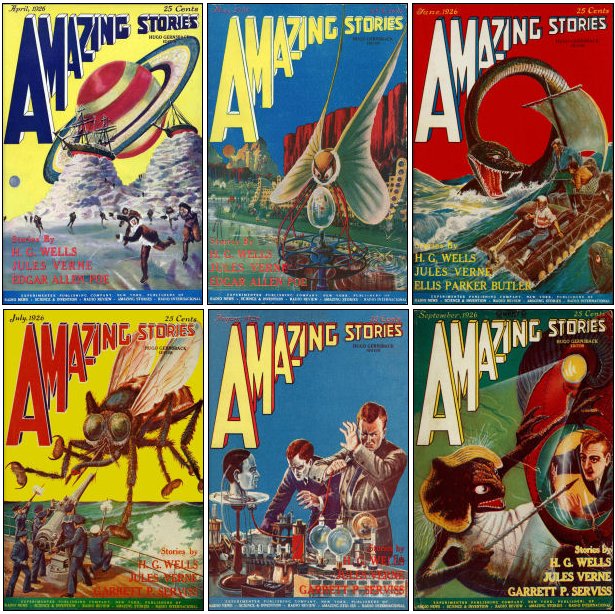His latest novel is number 4 in the “Laundry” series, as Bob Howard recovers from his injuries accumulated over the course of The Fuller Memorandum. It should be on sale in North America next week, and a couple of weeks after that in the UK and (I assume) other European markets.
If you want to order signed copies, right now your only option is Transreal Fiction in Edinburgh, who call me in to sign books. (I will normally sign anything you shove under my nose except a cheque, but I don’t have a signing tour scheduled for The Apocalypse Codex and this is a nose-to-the-grindstone working month for me.)
If you want to know which sales channel give the author most money, the order is: ideally an undiscounted hardback from a small retailer (like Transreal), followed by a discounted hardback from a big box store or Amazon or the undiscounted UK trade paperback, then an ebook, then a discounted trade paperback from a big box store … the book will be available as a mass market paperback or discounted ebook in July 2013, which makes the author even less money, but more than a remaindered copy or a pirate download or library loan.
Want a taster of the contents? Orbit, my UK publisher, are posting extracts over the next week, starting here … or you can look below the cut!
My connection to Charles is pretty obscure: we worked for the same company (in different countries) briefly, and I met him in that context for a few minutes (this was before his writing career had taken off). His political views and mine differ pretty substantially (he thinks libertarians are, at best, deluded), but he’s a very good writer and I’ve enjoyed reading everything of his I’ve encountered.





